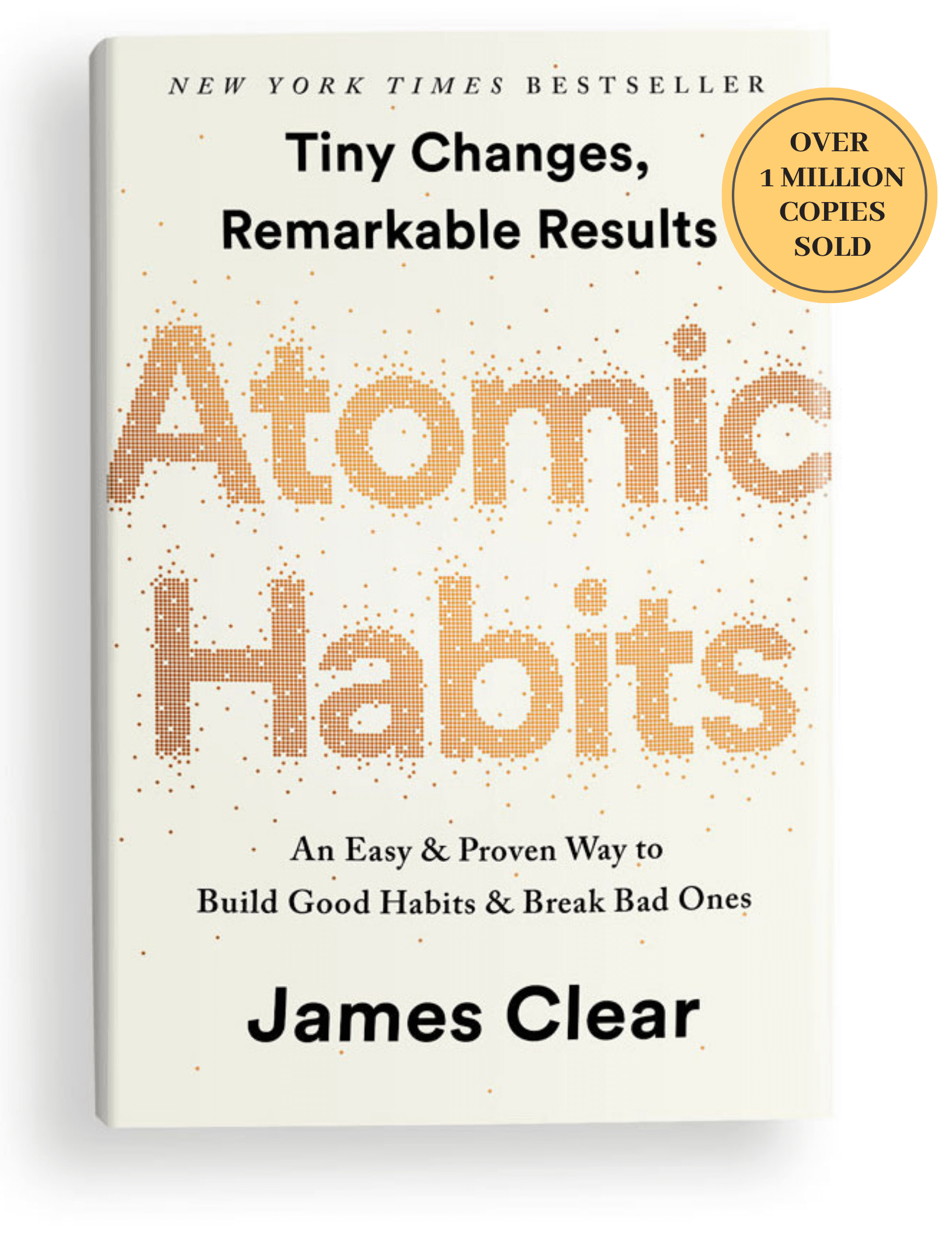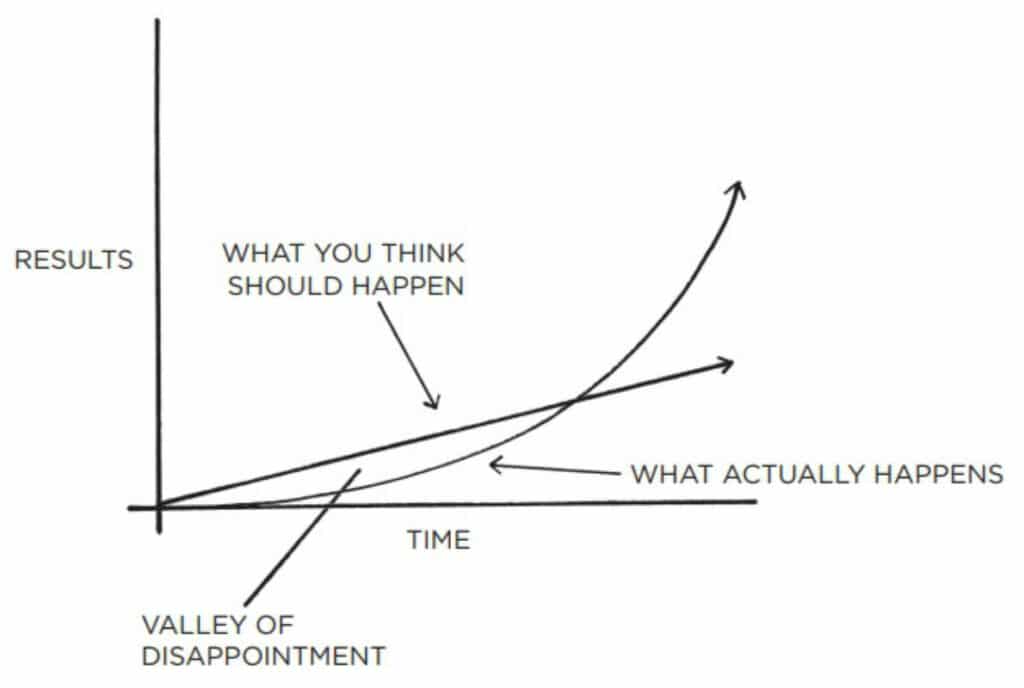“Atomic Habits” for Triathletes

“Atomic Habits: An Easy & Proven Way to Build Good Habits & Break Bad Ones” by James Clear is for those, including triathletes, who wish to create new, performance-enhancing habits. It is also for those who want to eliminate destructive habits.
In the introduction to the book, Mr. Clear shares a powerful case study involving the British Cycling team. By applying the principles in this book, the team went from a perennial loser on the world stage during the 20th and early 21st centuries to the dominant competitor from 2007 to 2017.
During this ten-year period, British cyclists earned 178 world championships and sixty-six Olympic or Paralympic gold medals. They also won five Tour de France races.
This is the first example of many that highlights how so-called atomic habits have been used to improve fitness training, running, and personal and professional development efforts.
Following are my takeaways from the book, from the perspective of a triathlete.
What are ‘Atomic Habits’?
Atomic habits are regular activities or routines that, while small (hence the word ‘atomic’) and easy to do, provide significant impact (also related to ‘atomic’) on a process. Repeating these over time (as a habit) leads to a compounding effect.
According to James Clear, “Habits are the compound interest of self-improvement. The same way that money multiplies through compound interest, the effects of your habits multiply as you repeat them.”1
Developing the habit of consistent, regular, and structured training is an example of an atomic habit related to triathlon.
How to Develop Positive ‘Atomic Habits’
“Atomic Habits” summarizes the approach to developing new, performance-enhancing habits in a two-step process:
- Determine the person you want to be and how you want to be defined.
- Take small actions that prove that you are this person. Repeat these actions.
In How to Build a New Habit: This is Your Strategy Guide, James Clear clarifies what he means by ‘small’ relative to new actions.
One of the actionable pieces of advice from this book is “Start with a small habit”. Or, to say it another way, begin with an activity to which you cannot say ‘No’ because it is so easy to do.
This can, for example, mean combining walking and running until your fitness reaches the point that you can run for an entire session. It can also mean breaking up a larger activity into smaller ones. An example of this principle is swimming 10 minutes separated by a rest rather than swimming 20 minutes right away.
Before you know it, you are running the entire distance or swimming for 20 minutes (or more) without a break.
Related post: Book Review: The New Psycho-Cybernetics
Focus On Who You Want To Become
Rather than focusing on the action you want to achieve (such as to complete an Olympic-distance triathlon), the approach described in “Atomic Habits” starts with defining yourself in terms of the person who will achieve the goal.
In the triathlon example, the person makes the subtle but important change to define him/herself as an Olympic triathlete. From here, the triathlete develops a training plan, eating habits, sleep behaviors, and so on (the process) consistent with an Olympic-distance triathlete.
The new habits develop through a four-step process detailed in the book and described in the first column of the table below.
| Step | Makes an object of a good habit | Makes an object of a bad habit |
| Cue | Obvious | Invisible |
| Craving | Attractive | Unattractive |
| Response | Easy | Difficult |
| Reward | Satisfying | Unsatisfying |
James Clear also describes ways to make sure the new habit sticks. These include habit stacking (combining an existing positive habit with the desired new habit), changing the environment, and reframing a habit (from “I have to go for a run” to “I get to go out into the fresh air and improve my heart health”).
You will also learn about the Diderot Effect and the Goldilocks Rule and how these can support building new habits.
Be Patient, New Habits Require Time
It often takes time to make new habits part of our new-normal routine. Mr. Clear cautions us to be wary of how we interpret the results as we work to develop new habits.
The tendency is to expect linear results. For example, in my training, I expect to see consistent (linear) reductions in my 5k time as I restart running after a break. However, this is not the way results typically come.
The graph of Results vs. Time below shows Mr. Clear’s representation of our expectations and experience as we build new habits.

While we expect linear results, actual results are non-linear. The gap between the expected and actual results creates what Clear calls a “Valley of Disappointment”.
Seeing this graph for the first time created an ‘Aha-moment’. My experiences in run training definitely follow this, one reason that patience is so important. When impatience wins, I will try to speed up the results by training harder or longer. The result is usually injury and longer recovery time.
Summary
Our beliefs and the views of ourself can be engaged to drive processes that help us achieve our goals. Focusing on becoming the person we want to be can lead to greater performance than if we had focused on the goal. Atomic habits help us become who we want to be and perform at a higher level.
For More Information About “Atomic Habits”
“Atomic Habits: An Easy & Proven Way to Build Good Habits & Break Bad Ones” is available in print and audio versions at Amazon.com by clicking the link or picture below.
Throughout the book, James Clear refers to resources on his website for creating atomic habits. Please checkout the website at https://jamesclear.com/.
- Clear, James, “Atomic Habits: An Easy & Proven Way to Build Good Habits & Break Bad Ones”, Avery, 1st edition (October 16, 2018), p. 17.)
Share Your Questions and Comments Below
What has helped you develop new habits related to triathlon? Let me know what you think about the ideas presented here.
This post, originally published in March 2020, was updated on February 23, 2022.

